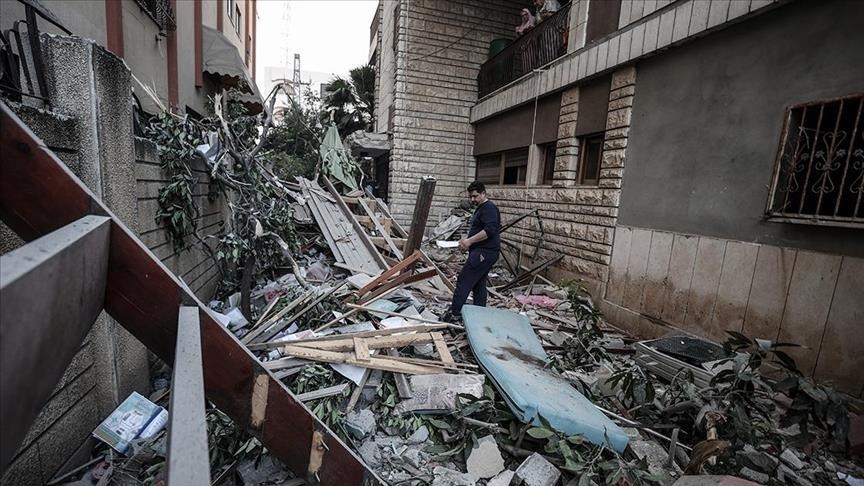25 Days of Kyrgyz Revolution
February 27: The first round of elections held to determine 75 new deputies to parliament.
March 1: International observers and the Foundation of European Security and Collaboration announce that the elections did not meet international standards. Demonstrations start in the poor southern parts of the country.
March 5: The opposition occupies a government building in Jalalabad, calling for the elections to be re-held and for the resignation of President Akayev and the local administration.
March 11: Taking advantage of the Paris Club countries’ agreement to wipe out almost half of the debt of Kyrgyzstan, Akayev announces changes to the constitution which could extend his period of office in the country.
March 13: Second round of the parliamentary elections held. The opposition wins only 6 of the 69 deputies announced and claims that the elections have been manipulated by the government.
March 14: Foundation for European Security and Collaboration explains that despite improvements in the election process, there are still serious problems.
March 15: Akayev warns that opposition protests could lead the country into civil war. The opposition occupies administration buildings in the city of Talas in north western Kyrgyzstan.
March 16: US asks Akayev not to extend his term through changing the constitution.
March 18: The opposition captures government buildings in two major cities in the country, Osh and Jalalabad, and assign new governors to these cities.
March 22: Akayev declares that the elections are legal and that he will not use force in order to suppress the opposition. He also accuses the US explicitly, saying that the attempt against him is driven by external forces.
March 23: The demonstrators are blocked by the police. More that 20 demonstrators are arrested. The new internal affairs minister assigned by Akayev says they are preparing to use force to suppress the demonstrators.
March 24: The opposition captures the Presidency Palace: Akayev leaves the country.


